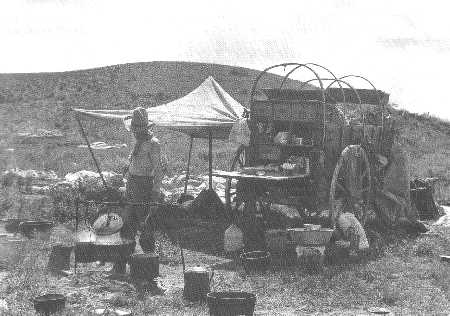
Photograph from a Picture Post Card from Gareth Glaser. He thoughts were that it would add to our collection of Texas Cow Boys. I agree; even though this is not a resident of Odessa, it's too rare of a photograph not to share with our viewers.
Erwin Smith, you were a pioneer your self. Thank you for the Picture.
In fact the Commanches who roamed over the West made it, sometimes grinding the dried strips and adding equal part of suet, dried nuts and berries to make chunks of Pemmican. The Mexican version of jerky, known as carne seca, is seasoned with garlic and red chili powder in addition to salt and pepper.
Jerky can be eaten as is. It is a nutritious snack, lacking only vitamin C. (this may be why the Mountain men made pemmican to turn their jerky into a "complete" food.) It is light weight enough for backpackers and long distance runners, and loved by kids for hundreds of years. You can chop the strips up in a food processor, mix with flour and milk to make a gravy and pour over hot biscuits or add pieces to stew. If prepared properly, it will keep indefinitely.
Sideoats grama, the state grass, occurs on more different soils in Texas than any other native grass.
Courtesy, The Erwin E. Smith Collection of the Library of Congress
on deposit at the Amon Carter Museum, Fort Worth, TX.